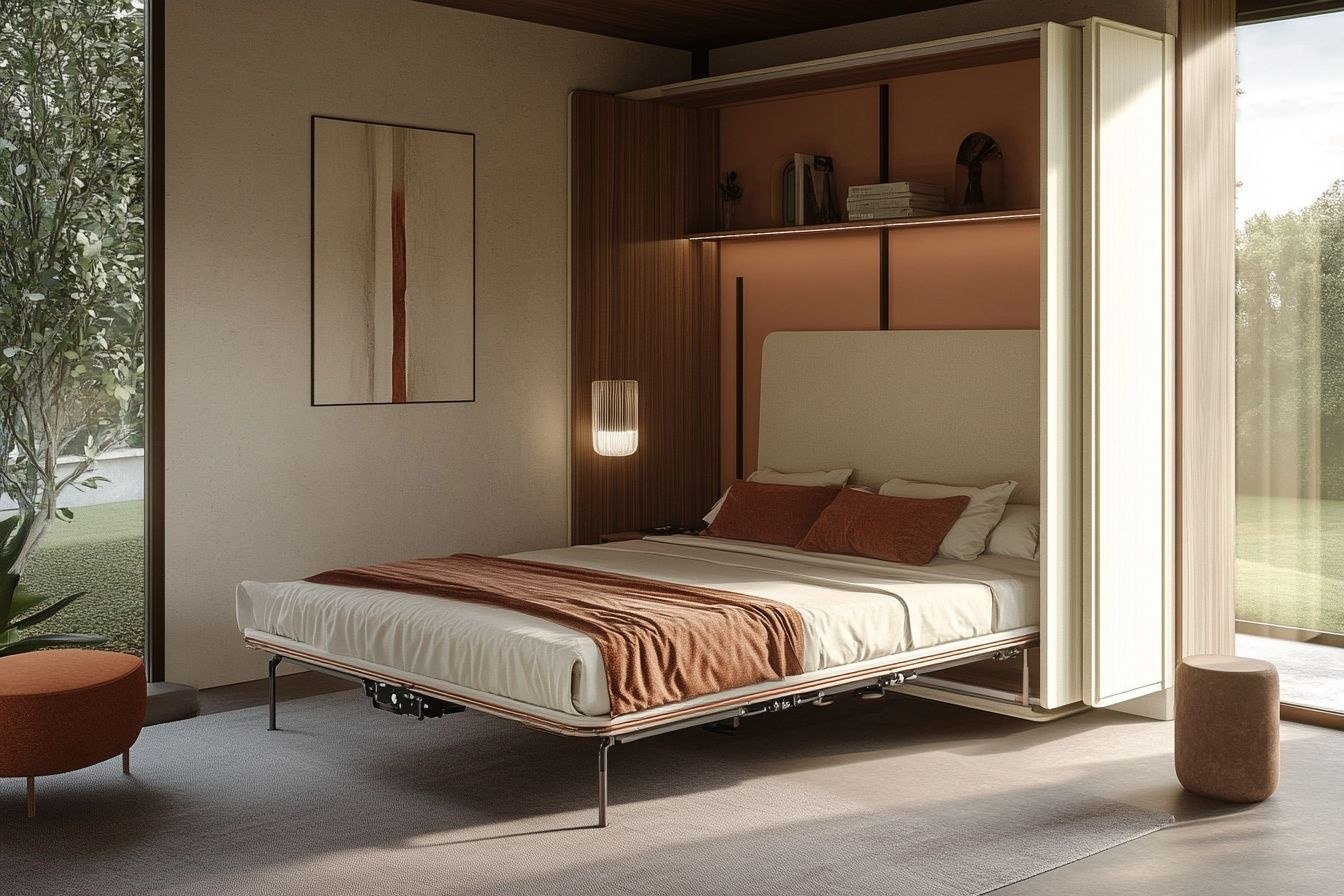Harnessing the Power of Negative Space in Home Design
In the realm of interior design, a subtle yet powerful trend is emerging that challenges our conventional notions of decorating: the art of negative space. This approach, rooted in minimalist principles but evolving into its own distinct style, is reshaping how we perceive and utilize the empty areas within our homes. Far from being mere blank canvases, these spaces are becoming integral elements of design, offering a fresh perspective on balance, tranquility, and visual impact.

Origins and Evolution of Negative Space in Design
The use of negative space, also known as white space, has its roots in various art forms, particularly in Eastern traditions such as Japanese painting and calligraphy. In these disciplines, the empty space surrounding the subject is as crucial as the subject itself, creating balance and drawing attention to the essential elements of the composition.
In the context of home design, the concept began gaining prominence in the mid-20th century with the rise of modernist architecture. Pioneers like Ludwig Mies van der Rohe championed the idea of simplicity and clean lines, often incorporating large, uncluttered spaces into their designs. This philosophy laid the groundwork for the current trend of embracing negative space in interior design.
As we moved into the 21st century, the principles of negative space evolved beyond minimalism. Today’s interpretation is more nuanced, blending the serenity of open areas with carefully chosen design elements to create spaces that are both functional and aesthetically pleasing.
The Psychology of Empty Spaces
The impact of negative space on our psyche is profound and multifaceted. Research in environmental psychology suggests that open, uncluttered spaces can significantly reduce stress levels and improve overall well-being. This effect is attributed to the way our brains process visual information; when there’s less to take in, our minds can relax and focus more easily.
Moreover, negative space can create a sense of luxury and expansiveness, even in smaller homes. By allowing the eye to rest and move freely through a room, these open areas give the illusion of more space, making interiors feel larger and more inviting.
Designers are now leveraging this psychological effect to create homes that serve as sanctuaries from the overstimulation of modern life. By incorporating negative space, they’re able to craft environments that promote calmness, clarity of thought, and improved mental health.
Techniques for Incorporating Negative Space
Implementing negative space in home design requires a thoughtful approach and a willingness to challenge traditional decorating norms. Here are some key techniques being employed by innovative designers:
- Strategic Furniture Placement: Instead of filling rooms wall-to-wall with furniture, designers are creating breathing room by leaving deliberate gaps between pieces. This not only enhances visual flow but also makes spaces more navigable.
- Monochromatic Color Schemes: Using a limited color palette, particularly in neutral tones, can create a sense of continuity and openness. This approach allows the eye to move smoothly across surfaces, emphasizing the negative space.
- Minimalist Wall Decor: Rather than covering walls with numerous artworks or decorations, designers are opting for a single, impactful piece surrounded by empty space. This technique draws attention to the artwork while maintaining a sense of tranquility.
- Open Shelving: By replacing solid cabinetry with open shelves, designers are creating pockets of negative space that break up visual monotony and add depth to rooms.
- Emphasizing Architectural Features: Leaving certain architectural elements, such as high ceilings or large windows, unadorned allows them to become focal points in their own right, celebrating the inherent beauty of the space itself.
Balancing Functionality and Aesthetics
While the concept of negative space is aesthetically driven, it’s crucial to maintain functionality in living spaces. The challenge lies in striking the right balance between open areas and practical necessities. Designers are addressing this by:
- Incorporating multifunctional furniture that can be easily moved or stored, allowing for flexible use of space.
- Utilizing built-in storage solutions that maintain clean lines while providing ample organization options.
- Creating zones within open-plan layouts through subtle delineations, such as area rugs or lighting, without interrupting the overall flow of space.
- Employing a mix of textures and materials to add depth and interest to minimalist designs, ensuring spaces don’t feel sterile or uninviting.
The Future of Negative Space in Home Design
As we look to the future, the trend of harnessing negative space in home design shows no signs of waning. If anything, it’s likely to evolve and become more sophisticated. Emerging technologies, such as augmented reality and smart home systems, are opening up new possibilities for how we interact with and perceive space within our homes.
Designers are exploring ways to create dynamic negative spaces that can adapt to changing needs throughout the day. This might involve furniture that can be easily reconfigured or walls that can become transparent or opaque on command, allowing for fluid transitions between open and private spaces.
Moreover, as sustainability continues to be a driving force in design, the concept of negative space aligns well with the principles of conscious consumption and minimalism. By encouraging homeowners to be more intentional about their possessions and the space they occupy, this trend promotes a more sustainable approach to living.
In conclusion, the art of negative space in home design is more than just a passing trend; it’s a reflection of our evolving relationship with our living environments. As we seek balance, tranquility, and meaning in our increasingly complex world, the thoughtful use of empty space offers a powerful tool for creating homes that nurture our well-being and inspire our creativity. By embracing the potential of what’s not there, we open up new possibilities for what our living spaces can be.





